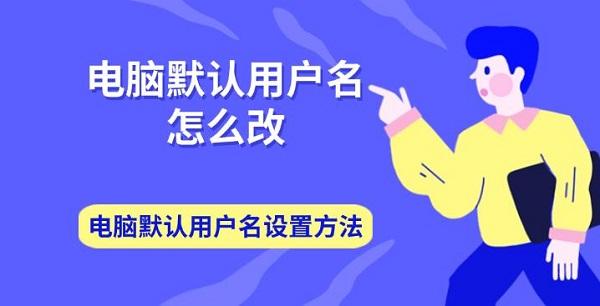Google Translate, also known as GT, is an online translation service provided by Google that has revolutionized the way people communicate across languages. With its advanced algorithms and vast language database, Google Translate has become the go-to destination for millions of users worldwide seeking accurate and efficient translations.
The Power of Google Translate
Google Translate boasts a wide range of powerful features that set it apart from other translation tools on the market. One of its most impressive capabilities is its support for over 100 languages, enabling users to translate text, documents, and even entire websites with just a few clicks.
Another notable feature of Google Translate is its ability to handle complex sentence structures, idioms, and specialized vocabulary. This is made possible by its advanced machine learning algorithms, which continuously learn and improve based on user feedback and vast amounts of multilingual data.
Accuracy and Reliability
While no translation tool is perfect, Google Translate strives to provide accurate and reliable translations to its users. The service leverages both statistical and neural machine translation technologies to ensure the best possible results. Additionally, Google Translate encourages users to provide feedback on translations, which helps the system refine its algorithms and improve accuracy over time.
Real-Life Applications
The impact of Google Translate extends far beyond individual users seeking help with foreign languages. Businesses that operate globally rely on Google Translate for their translation needs, saving time and money by avoiding the need for human translators. Moreover, Google Translate has revolutionized the way people explore different cultures, fostering cross-cultural communication and understanding.
Challenges and Limitations
Despite its impressive capabilities, Google Translate still faces certain challenges and limitations. One of the main challenges lies in accurately capturing contextual nuances and idiomatic expressions, which can vary greatly between languages. Additionally, certain specialized fields, such as legal or medical terminology, may require human translation to ensure accuracy and precision.
The Future of Translation
As technology continues to advance, so too does the field of translation. With ongoing developments in artificial intelligence and natural language processing, we can expect Google Translate and similar translation tools to become even more accurate and versatile in the future. However, it is important to note that human translators will always play a crucial role in ensuring the highest quality translations, particularly in complex and sensitive scenarios.
In conclusion, Google Translate has transformed the way we navigate language barriers, enabling seamless communication across borders. While it is not a perfect solution, it provides a valuable tool for individuals, businesses, and communities alike. So next time you encounter a language you don't understand, give Google Translate a try and experience the power of instant translation.
Thank you for taking the time to read this article. We hope it has shed light on the capabilities and limitations of Google Translate, and how it can assist you in your everyday translation needs.












 浙公网安备33010502006705号
浙公网安备33010502006705号